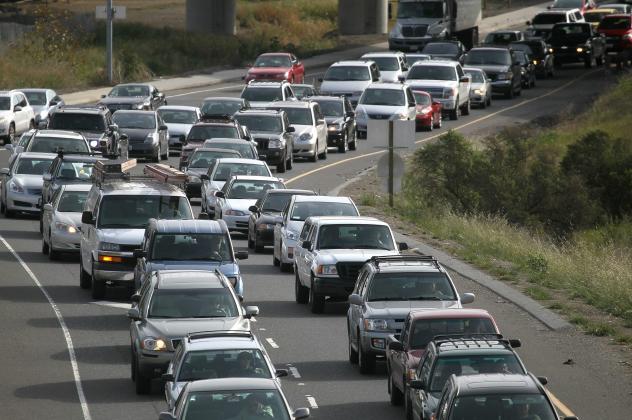A newly adopted $85 billion transportation plan includes nearly 2.1 billion in projects focusing on the U.S. 69 and U.S. 96 corridors, along with widening U.S. 90 and the northern Interstate 10/U.S. 69 Interchange.
Gov. Greg Abbott announced Aug. 30 the adoption of the Texas Department of Transportation’s (TxDOT) 2023 Unified Transportation Program (UTP), advancing a record $85 billion, 10-year statewide roadway construction plan. The 2023 UTP reflects an unprecedented level of projected transportation funding dedicated to improving transportation safety, addressing congestion and rural connectivity, and preserving roadways for Texas drivers.
The UTP funds will coincide with an additional $32 billion over the life of the program for routine maintenance contracts and project development, such as planning, professional engineering, and right-of-way acquisition for more than 7,000 transportation projects and a total investment of $117 billion statewide.
Many projects in the UTP plan are roadway segments identified on Texas’ 100 Most Congested Roadways list and critical connectivity corridors.
The projects will be funded through legislative and voter-approved initiatives that allocate portions of oil and gas taxes, sales taxes, and other money to the state highway fund. These initiatives have increased the UTP over $50 billion over the 10-year period, with $34.3 billion in projects approved in the 2014 UTP in August 2013. With rural regions of the state supporting the critical energy and agricultural industries, the approved plan includes a historic increase in funding to $14 billion for projects in rural areas.
Included in the UTP is nearly $2.1 billion in projects for the Beaumont District with the bulk of the projects focusing on the U.S. 69 and U.S. 96 corridors. These projects will aid in freight movement, as well as hurricane evacuation. The plan also lists widening projects for U.S. 90, which serves as an alternate route for those traveling between Beaumont and Houston. Another monumental project listed is the northern Interstate 10/U.S. 69 Interchange Project. It is one of two projects that will widen and completely reconstruct the two largest interchanges in Beaumont.
The $8.5 billion of average annual investment programmed in the UTP over the next 10 years is expected to yield an estimated $15.5 billion per year in economic benefits, according to the Texas A&M Transportation Institute. These benefits are a result of increased labor income and business output, as well as the addition of 58,500 direct and indirect jobs.
The UTP is a planning document that authorizes highway projects for development and construction. Additionally, the UTP identifies public transportation, maritime, aviation, and rail investments. Projects are selected by TxDOT and local transportation leaders based on effectiveness in addressing criteria such as safety, pavement condition, capacity, and rural connectivity, with opportunities for public input at both the state and local levels.
Abbott stated the state is working to ensure the transportation needs of the fast-growing state are met and that the safety of Texans on the roadways is protected.
“TxDOT’s 2023 Unified Transportation Program is a critical step toward addressing the diverse needs of Texans in rural, urban and metropolitan communities,” Abbott said. “This 10-year plan to address transportation needs statewide and dedicate $85 billion to improve roadways will be a huge boon to our state’s infrastructure and booming economy. As more people move to Texas and businesses grow across the state, we are working together to make sure Texans’ transportation safety and mobility are secured and businesses can flourish for generations to come.”
TxDOT Executive Director Marc Williams stated the state’s rapid growth reinforces the importance of investing in transportation to efficiently move both people and freight across our diverse state.
“TxDOT is working hard to not only build the new roads and transportation capacity Texas needs, but to maintain the more than 80,000 miles of roads and other transportation infrastructure under our care,” Williams said.


